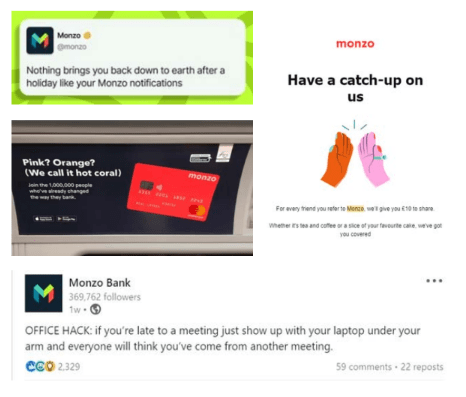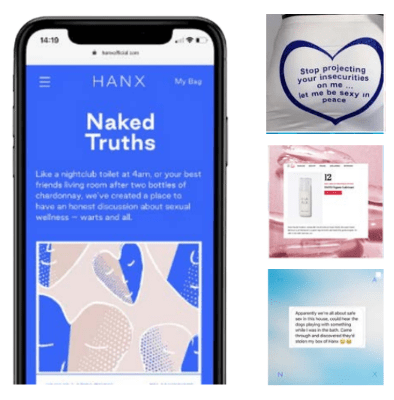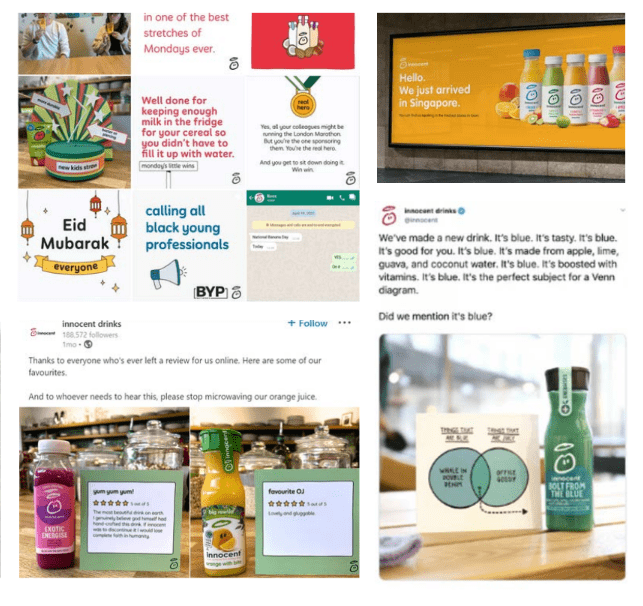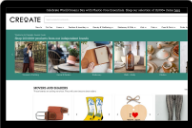
Though it shouldn’t take convincing, investing in an effective communication strategy is one of the best things you can do for your business, with quality customer service and comms being one of the cornerstones of building and maintaining strong relationships with customers. As a small business, connecting with your audience can help you better understand their needs, and in turn foster customer loyalty.
In this guide, we’ll run you through a few tips for managing customer feedback to help support and enhance your customers’ experience, as well as exceed client expectations while developing an effective communication strategy.
Know your audience
Understanding your target audience is crucial, and no one should know your customers better than you do.
You’ll likely have an understanding based on initial interactions via feedback and reviews, or perhaps through social media. All of these are valuable touchpoints to stay connected with your customers. Consider conducting market research to identify demographics, preferences, and communication channels.
Make use of free tools like Instagram and Facebook stories’ polls, question boxes and more. How’s your mailing list looking? If your email open rate is looking healthy — anywhere between 17-28% and up constitutes as good here — and your audience is engaged, consider sending surveys to check in and get feedback on your products, service, and crucially, communication preferences. Use this information to help tailor your communication strategy to better resonate with your audience.
This might look like adjusting the frequency of your email correspondence, or upping the number of posts you put out on social media — remember, many social algorithms reward frequent and consistent posting with greater exposure within your customers’ feed and story carousels.
Define clear objectives
Establish clear communication objectives aligned with your business goals. What do you want to get out of your communication strategy? What do you need to improve on, and how could that further benefit your business and your customers?
Whether it's enhancing brand awareness, boosting sales, or gathering feedback, define what you want to achieve through your communication efforts, and go from there.
Craft consistent brand messaging
Ensure consistency in your brand messaging across all channels. Develop a clear and compelling brand message that reflects your values, products, and unique selling points. Remember, consistency builds trust and reinforces your brand identity.
Let’s take a look at some examples of excellent consistency in cross-channel comms, shall we...
Monzo
Monzo Bank’s down-to-earth tone of voice aims for relatability, with a tongue-in-cheek sense of humour and hits the mark across its many channels, earning high levels of engagement and respect from customers.

Hanx
As a sustainable sexual wellness brand, Hanx sure knows how to grab people’s attention. With its creative copy and playful tone, its comms definitely manages to stand out among crowded social feeds and inboxes, and often draws on current trends and pop culture as a means of further resonating with its target audience.

Innocent Drinks
Funny and socially conscious, Innocent is well known for its cheeky tone of voice, while also publicly supporting charities and causes such as AgeUK, the BYP Network, and more.

Fenty Beauty
Known for its inclusivity, Fenty Beauty has truly spearheaded Rihanna’s founding vision of “Beauty for All” as part of its marketing and comms strategy. Featuring a range of skin tones across its various social media platforms and marketing touchpoints, it’s truly a breath of fresh air within the beauty industry.

Develop a content strategy
Create engaging and relevant content that adds value to your customers. Plan a content calendar, diversifying content types like blog posts, videos, infographics, newsletters and more.
Tailor content to address customer pain points and interests, and even see how you can incorporate your customers into what you share. This can look like sharing survey results or feedback, and how you'll take it onboard when making changes, customer testimonials, reviews, or user-generated content and images to show your appreciation for your clients.
Engage & interact
Actively engage with your customers by responding promptly to inquiries, comments, and reviews. Encourage feedback and initiate conversations to show that you value their opinions and concerns.
When you receive a positive review, it's essential to show your appreciation. Since negative emotions and memories are typically processed more thoroughly than positive ones, it's important to acknowledge that for a customer to have gone out of their way to share their experience with others enough to want to recommend your product or services, is high praise indeed.
When it comes to negative reviews, it’s understandable to feel frustrated or disheartened, particularly as a small business since it's easy to feel stretched across multiple areas with not enough resources while you grow. However, always remember that negative feedback is also an opportunity to learn and improve.
Personalise communication
In a 2022 survey, 86 per cent of responding consumers stated that it was important or very important to them that they could contact a real person when communicating with a business. Only four per cent said it was not important or not at all important.
The human touch is essential when it comes to effective customer support, and while AI and automation can help make your job easier, where possible, try to offer your customers the option to speak with real staff members. Be sure to have support staff monitoring queries and inboxes to attend to escalating feedback or complaints.
Personalisation can also enhance the customer experience in other ways. Use customer data to tailor your communication and offer personalised recommendations, promotions, or messages. Personalised communication can help foster a stronger emotional connection with customers, and more easily help you meet their needs.
Monitor & measure performance to maximise your strategy
Implement tools to track the performance of your communication efforts. Measure key metrics such as website traffic, email open rates, social media engagement, and customer satisfaction.
Use these insights to refine and optimise your communication strategy, and see where you can adapt and improve things like your tone of voice, design elements, and more.
Be sure to stay updated with industry trends, customer preferences, and emerging technologies, and adapt your communication strategy accordingly to ensure it remains effective and relevant to the changing retail landscape.
Not registered with CREOATE yet? Sign up now and start selling wholesale with us today.








